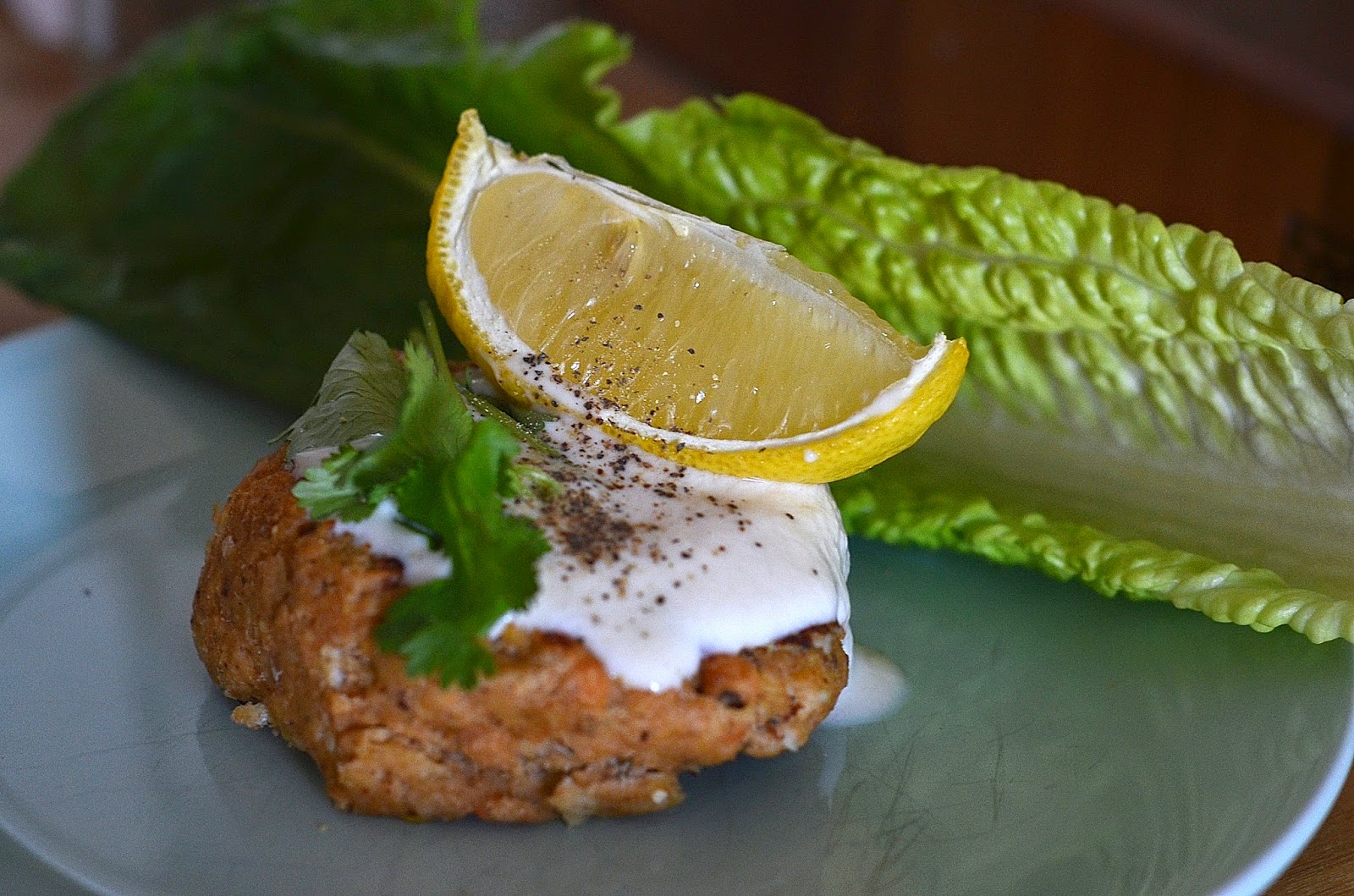There's one
thing that no one tells you when you get involved in Food Studies --no matter where you go, no matter what you look at, Proust's madeleine will eventually
find you. Proust's À la Recherche du Temps Perdu, aside from being a classic of French literature, is
based around the overarching theme of involuntary memory, which of course hinges
on the humble tea cake that the French know and love.
With their delicate scalloped edges
and lightly browned crusts, madeleines are an elegant addition to any dessert
spread. Even better, their dense interiors and conveniently tapered bodies make them
an excellent pairing for dunking into coffee or tea.
Now the one snag with madeleines is the
specialized equipment required to make them - a madeleine pan.
However, don't fret quite yet. If you don't have a madeleine pan that you
bought on a whim during a vacation to France (which you subsequently buried in
storage upon arriving home) these pans are easily available on amazon and in
quite a few baking stores as well! I can guarantee that the investment is one
worth making. Madeleines, though tasty plain, can be made in a wide variety of
flavours for any occasion. As of yet, my favorite recipe has been the orange
cardamom ones that I'm listing here. This is the second flavour I've worked out, as my flatmates attempt to keep up with a seemingly endless deluge of multi-flavoured
tea cakes.
With everything said and done, I
hope you enjoy these little mouthfuls of buttery goodness. Who knows, maybe
they'll conjure up memories of your childhood...or plans of a future holiday in
the city of lights.
Ingredients
For madeleines:
-3 Large eggs
(at room temperature)
-120g salted
butter, melted (feel free to brown it for a bit of a caramel taste)
-170g flour (I
use AP, feel free to us cake flour for a fluffier end product)
-130g sugar
-1 pinch of salt
-zest of one
orange
- 8-10 pods of
green cardamom, hulled and ground
-1/2 tsp. baking
powder (optional)*
For glaze:
-2 tbsps. juice
from your zested orange
-1/2c. icing
sugar
Purists will tell you not to add baking powder due to its tinny taste. If you whip the eggs enough you can avoid using it, but really it's up to you in the end!
Methodology:
David Lebowitz
suggests chilling the batter for a few hours or overnight before baking. In a
rush? Make the recipe with 1tsp. of baking powder and preheat the oven to
400f/200c before starting.
Melt the
butter, grind the cardamom and pinch of salt until it becomes a fine powder
Whip eggs and
sugar together until thick and frothy, with a consistency a tad like wet paint
Add the
melted butter, by now it should have warmed enough to not risk curdling the
eggs
Throw in the remaining
ingredients
At this point
you can choose to refrigerate the dough to develop taste and lead to more
explosive baking. If you're going the refrigerated route, preheat you oven to 400f/200c
about twenty minutes before baking. Otherwise, simply proceed to the next step
Brush madeleine pan
with melted butter, feel free to dust with flour if your pan does not have a
non-stick coating or with granular sugar for a darker, browner shell
Fill indentation
until about 3/4 full - the madeleines will rise substantially while cooking
Bake for 8-10
minutes until browned
Meanwhile, whisk
orange juice and icing sugar (you can also add some Grand Marnier!) together to make a thick glaze, brush onto warm
madeleines or dip them in it to coat

















































